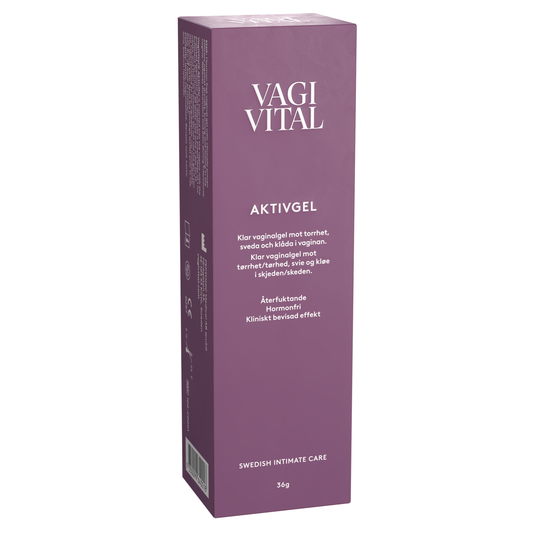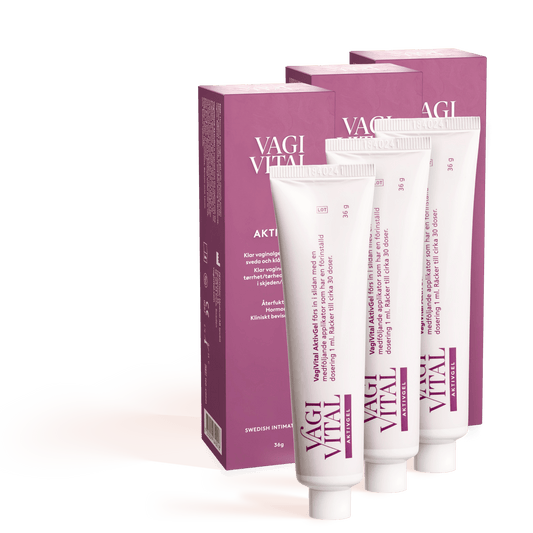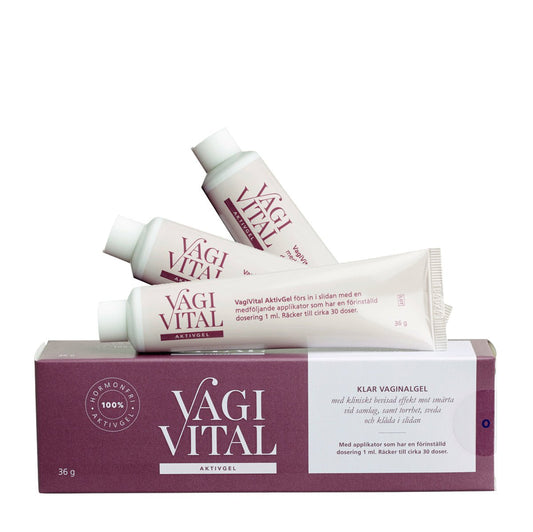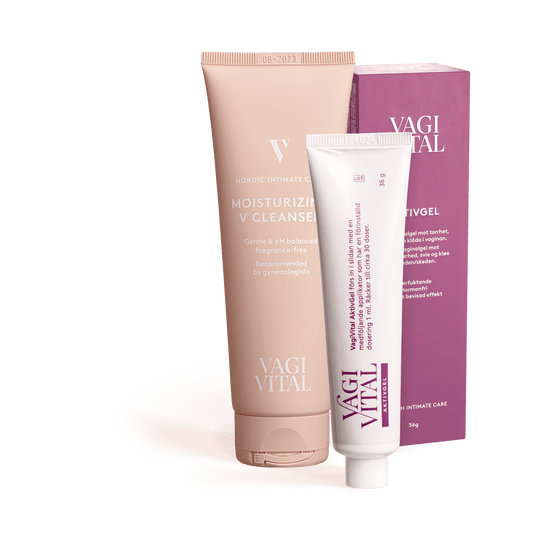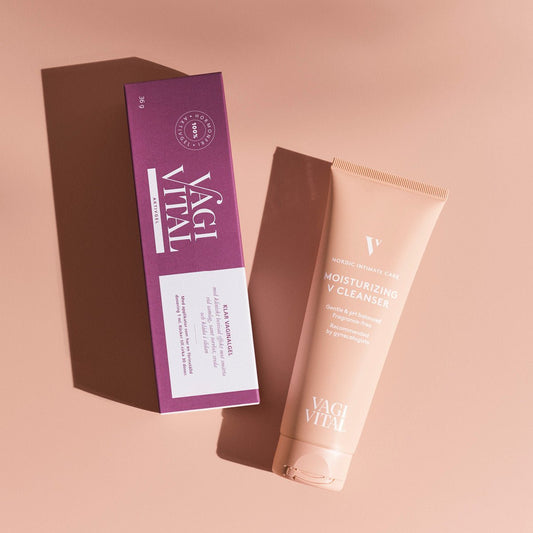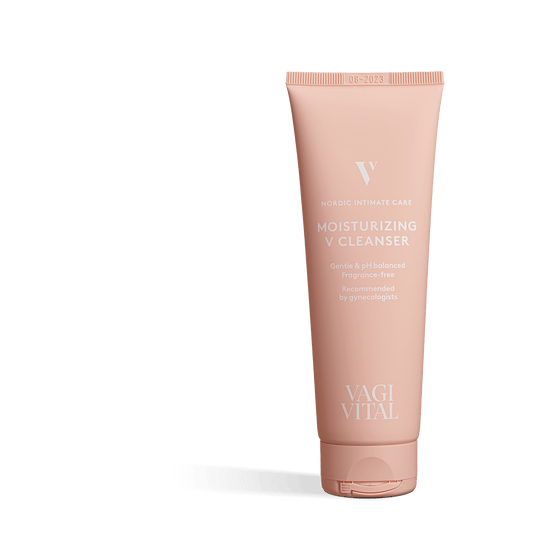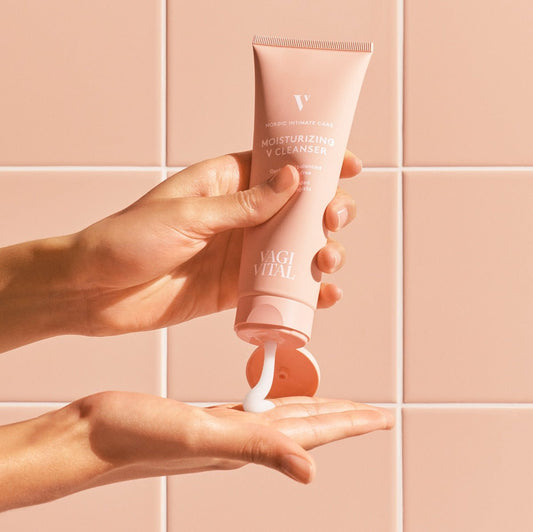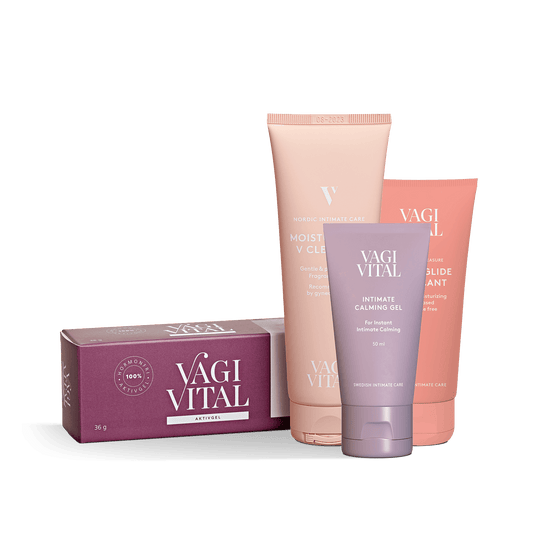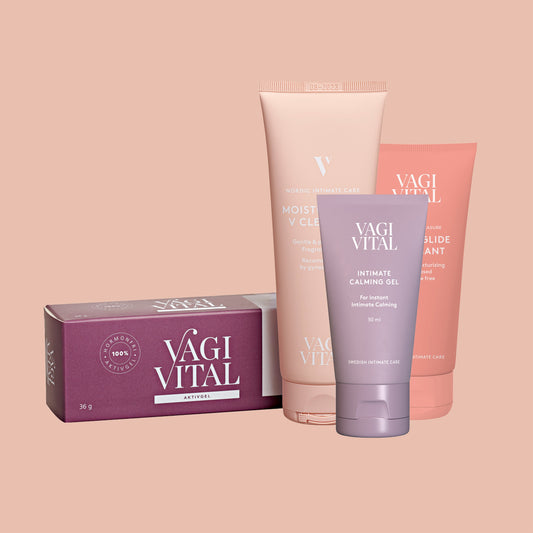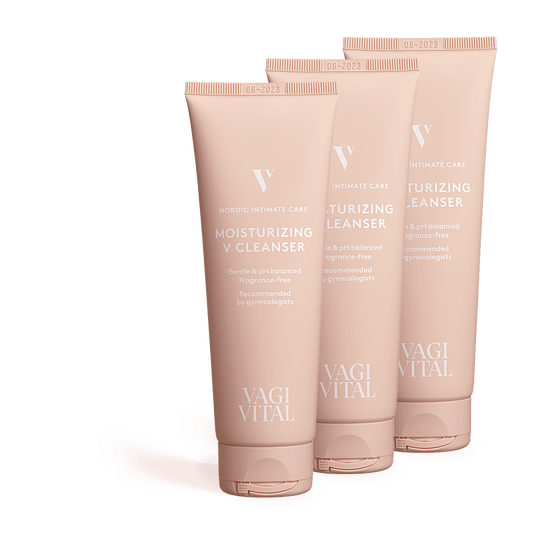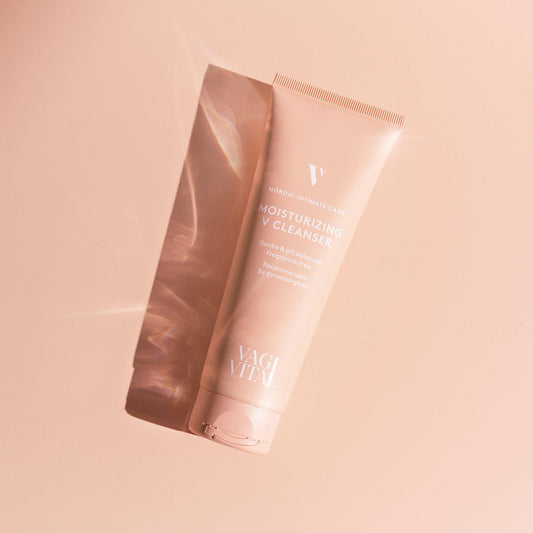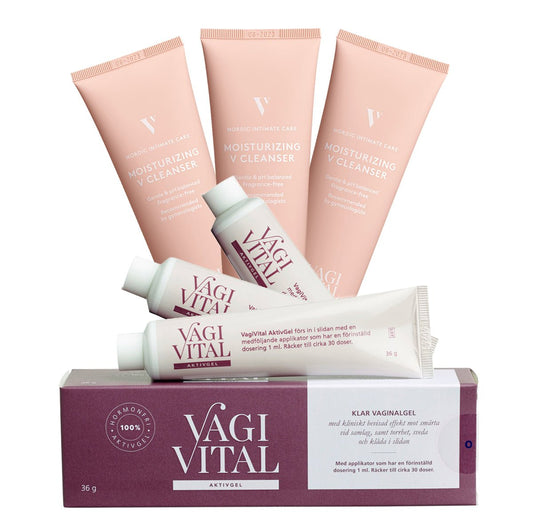Vulvodynia – pain in the vaginal opening during sex and touch
Rebecka Kaplan Sturk, senior consultant in gynecology/obstetrics, writes about vulvodynia, previously called vestibulitis, which means pain in the vulva
Vulvodynia is a condition where there is pain in the vaginal opening associated with penetrative vaginal sex, tampon insertion, or other touch. It was previously called vestibulitis, but for the past twenty years the term vulvodynia has been used instead, which means pain in the vulva.
In vulvodynia, the superficial nerves in the mucous membrane have become hypersensitive, and even a light touch can cause pain. For many affected, the muscles in the pelvic floor are always more or less tense, making it difficult to relax. Attempts at vaginal penetrative sex are painful, and many also describe pain when trying to insert a tampon, sit on a bicycle saddle, or wear tight clothing. The pain can feel burning, stinging, or sharp.
Many different causes behind vulvodynia and painful intercourse
The causes of vulvodynia are not fully understood, and studies have shown that many different combinations of underlying causes can trigger the pain. Some common causes are repeated yeast infections and repeated use of local antifungal medications, as well as having vaginal intercourse despite dryness and reduced desire. For others, childbirth injuries, excessive pelvic floor training, or previous surgeries in the genital area may underlie the development of pain and an overactive pelvic floor.
It is most common to experience vulvar pain between the ages of 18–25, and in that age group about one in ten women suffer from vulvodynia.
Important to seek care for vulvodynia and other genital pain
Many with vulvodynia suffer for a long time before seeking help, and many also find it difficult to know where to turn. It is important not to endure the symptoms for too long; the earlier you seek help, the easier it is to treat.
If you are younger than 23 years old (in some regions 25 years), you can turn to a youth clinic. Midwives and doctors at the youth clinic are very experienced with this type of problem and can help you and also refer you further if you need more advanced care. If you are older than 23, you can contact a gynecologist, midwife, or primary care center.
What you can do yourself if you have pain in the vaginal opening
There are quite a few things you can try yourself to relieve and reduce the pain:
- Be careful to only have penetrative sex when you are really aroused
- Avoid penetrative sex completely as long as you have pain.
- Avoid over-the-counter antifungal medications; instead, seek care to get an examination to see if it really is a yeast infection, and if you can get other treatment than just local treatment.
- Do not wash the genital area too often, and avoid using soap on the vulva. Instead, wash with a fragrance-free oil or the moisturizing intimate wash VagiVital V Cleanser
- If you feel dryness in the genital area; apply some oil or a rich ointment, or try VagiVital AktivGel after showering.
- Yoga, especially Yin Yoga, and relaxation exercises can also help release tension in the pelvic floor.
- If you use a hormonal contraceptive, discuss with a midwife or gynecologist about switching to one with more estrogen, or using local estrogen to reduce dryness.
Treatment for vulvodynia
It is important to know that most people with vulvodynia improve with the right treatment. However, it can take time and requires patience and personal effort.
Treatment for vulvodynia rests on five pillars:
The explanatory pillar involves getting a name for your symptoms, an explanation of why it may have developed this way, and information about available treatments. Feeling taken seriously, knowing help is available, and having a treatment plan is a very important part of the healing process.
The vulvar care pillar largely consists of what you can do yourself (see the heading above) to heal your mucous membrane, stop activities and treatments that worsen symptoms, and work on relaxation and vulvar care.
The pharmacological pillar is the one you get help with from a doctor. For a short period, you may be prescribed a numbing gel to apply to the vulva to calm the overactive nerve fibers so they do not signal pain at the slightest touch. In more severe and prolonged cases, medications that affect pain perception in the brain can also be given; these are often used for various types of nerve pain.
The physiotherapeutic pillar is very important and can be provided by a specialized physiotherapist, urotherapist, or specially trained midwife. This involves self-applied lubrication and massage exercises, relaxation, pelvic floor training (to learn to distinguish between tension and relaxation), and much more.
The psychological pillar involves counseling with a counselor, psychologist, or sometimes a sexologist. The pain condition can affect sexuality and desire, relationships, and mental well-being, so this is a very important part of the treatment. The treatment includes learning about pain mechanisms, strategies to manage difficult thoughts, exposure exercises, and sexual communication exercises.
For those not helped by the above treatment through youth clinics, gynecology clinics, or primary care centers, there is the option to get a referral to a specialized clinic, a so-called vulva clinic, for more advanced treatment. There, gynecologists, midwives, physiotherapists, psychologists/counselors work as a team around the patient, and there is also the possibility to involve other experts such as pain specialists, urotherapists, sexologists, psychiatrists, and others.
Can we prevent vulvodynia?
When it comes to pain conditions that are difficult to treat, it is of course important to prevent the condition from developing in the first place. We can all contribute by informing our children and young people, and our peers, about how to be kind to their genital area. Wash gently with lukewarm water and without soap. Do not have sex if it hurts. Seek advice and help from a midwife or doctor if you have pain, itching, burning, or prolonged dryness in the genital area – or if penetrative sex is painful.
References:
R Kaplan Sturk, Vulvar pain – localized provoked vulvodynia. Gothia Kompetens 2022, ISBN 9 789 177 413 288. Vulvar pain | Gothia Kompetens
The National Board of Health and Welfare. National guidelines for care of provoked vulvodynia. Article number: 2022-11-8176|Published: 2022-11-23 National guidelines for care of provoked vulvodynia - The National Board of Health and Welfare
SBU. Diagnosis and treatment of provoked vulvodynia. Published: 2021-06-30 Diagnosis and treatment of provoked vulvodynia (sbu.se)
Recommended products for you
- Choosing a selection results in a full page refresh.
- Opens in a new window.

